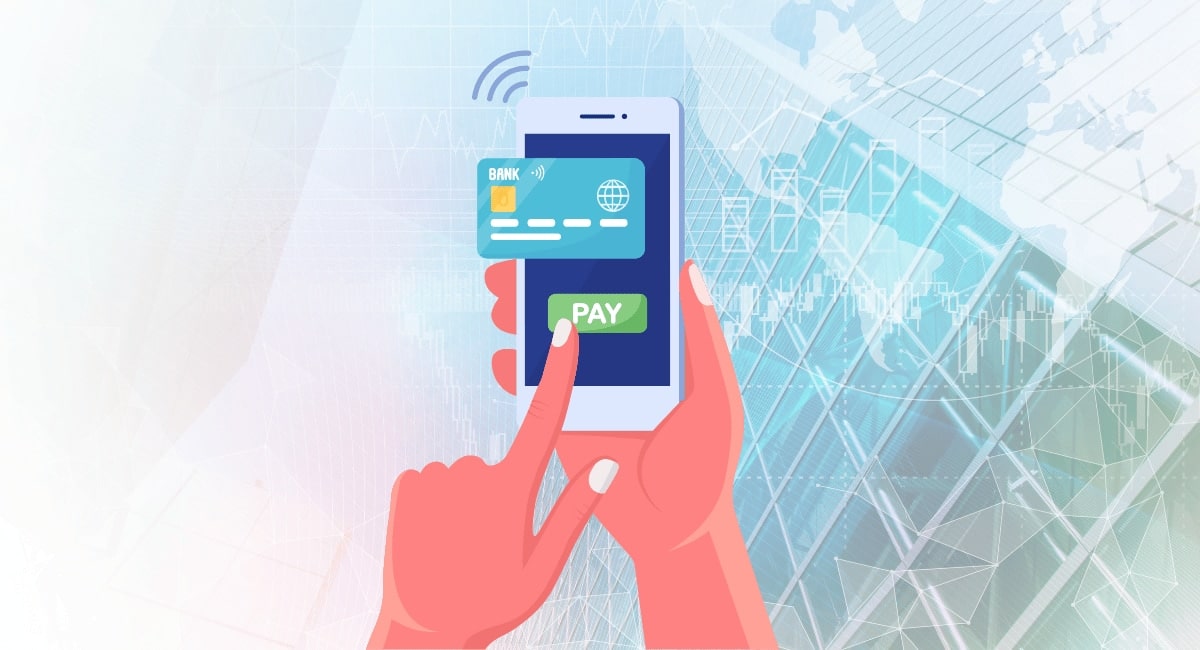Virtual payment cards for business are increasingly a popular way to streamline and monitor company spending. But what is it exactly?
Virtual cards are digital versions of debit or credit cards, with the same format of a long card number, expiry date and three-digit security code that are encrypted and stored in the card provider’s app, tied to your account.
They are easy to create, secure and versatile, as you can set them up for single payments or specific employees and suppliers. You can enter the card details to make online purchases, or add them to a digital wallet like Apple Pay or Google Pay for in-store NFC/contactless payments, just as you would with a physical card.
Here, we look at some of the key benefits of using virtual payment cards over physical cards for businesses.
More flexibility
Unlike physical cards, you have the flexibility to set up single-use virtual cards for one-off payments, as well as multi-use cards.
You can also instantly create and assign multiple virtual cards to different employees from the same company account, without having to wait for applications for various physical cards to be approved, and for the cards to arrive in the post.
Cheaper than physical cards
Virtual cards are easier and cheaper to use than multiple physical expense cards, as providers often charge less to issue them. For instance, Soldo charges only £0.50 per temporary virtual card while a physical, long-term card costs more and takes time to receive.
Some virtual card providers offer tools helping you to identify redundant subscriptions, new cash-back discounts and rising costs.
Better security
Virtual cards are arguably safer to use in person than physical cards, as the card details are hidden on the screen and mobile wallets require biometric approval of transactions with virtual cards. In contrast, physical cards often require a PIN and feature your card details for anyone to see.
There is generally less risk of theft or fraud; for instance, the cards can’t be lost or stolen during a business trip. There’s also some relief in not having to worry about misplacing a physical card, especially when it is a business card and not your personal card.
As each single-use card has its own data, even if it is hacked the thief can only use it once – limiting the damage they can do to your account. And you can freeze or cancel a multi-use card instantly once you realise there has been a security breach.
We find virtual cards extremely useful for online payments. Like other modern business cards managed in an app, they are secure to use on websites and simplify expense tracking, making it easier to spot suspicious activity.
Real-time transaction visibility
Most virtual cards are issued and managed in apps that give you instant insights into how they are used.
You can get instant notifications through the app when transactions are accepted or declined. Card balances and transaction details are available in real-time through the app or online so you can stay on top of spending and increase accountability.
Account management tools in the app or online allow you to set budgets for specific projects, trips, etc. and automatically categorise transactions.
Easier expense tracking and control
Virtual cards can save managers time on tracking payments across remote teams and managing employee expenses with less need to chase receipts, or provide cash advances and reimbursements for travel and other expenses.
They can set up temporary cards for each trip or project and set account restrictions that prevent spending beyond an assigned budget. Limits can include payment amounts, types and dates, increasing control over how employees use company money.
Neobank providers tend to offer the same features for virtual cards that they have introduced for physical card management.
For instance, payments are labelled, categorised and organised for each virtual card. Users can also attach digital invoices and receipts to virtual card payments (applicable to most business account apps regardless of the type of card used), making it easier to see what payments were for and who made them.
And there are software integrations available that can sync virtual card payments with your accounting platform. You can choose to enable manual or automated syncing for specific users.
Easier supplier management
Virtual cards can help streamline the accounts payable process. How so?
The ability to create a large or even unlimited number of cards (since they are cheap and quick to issue) means you can easily assign a different card to pay each supplier right away. This allows you to see the total number of suppliers your business has and drill down into how much the business pays each one.
Should you use virtual cards?
Businesses can benefit from secure, affordable virtual cards for payments online or in person when added to a digital wallet for contactless payments (not all business or expense accounts offer this option).
Virtual cards are not just about online payments and electronic transfers, they’re about convenience and expense management. You should ask yourself whether they would ease your management of business funds, bookkeeping and delegation of cards to employees.
For instance, do you have many projects with temporary budgets? Do you need quite a few expense cards for different employees, which cost more as physical cards and take longer to receive by post? If any of these questions ring true, virtual cards are definitely worth considering.
Depending on your type of business, you might want to consider switching to virtual cards when it makes sense to and keep a limited number of physical cards for when virtual cards are not feasible.




